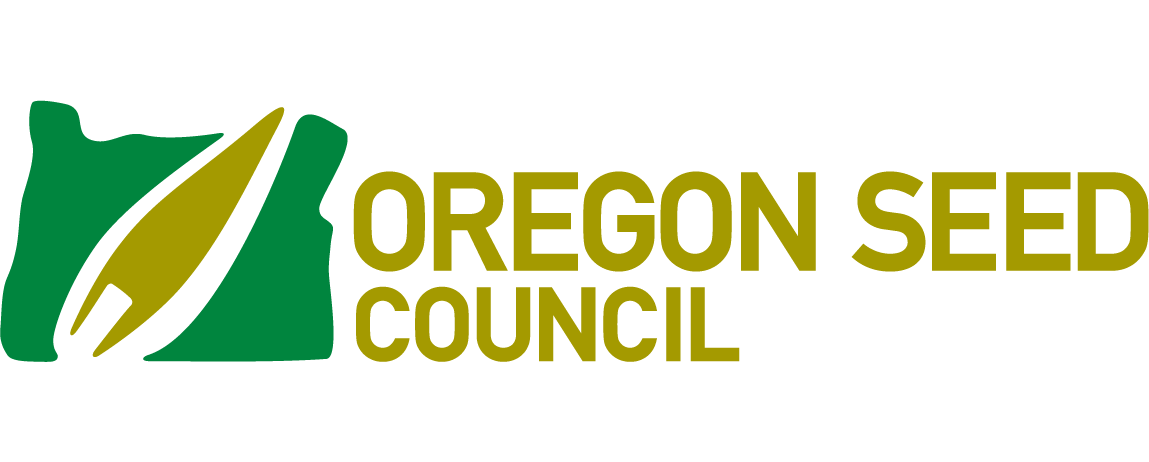ACTION ALERT: Comments Needed on the EPA’s Insecticide Strategy
ACTION ALERT: SIGN INDUSTRY COMMENT LETTER ON EPA INSECTICIDE STRATEGY BY SEPT. 21, 2024
WHAT: The EPA released a draft Insecticide Strategy (IS) in late July.
Public comments are being accepted through September 23.
EPA’s intent is to use the draft IS to put in place a framework of runoff/erosion, spray drift, and in some cases on-field mitigations to reduce risks to endangered species and their critical habitats, aiming to bring its pesticide program into compliance with the Endangered Species Act, however, the complexity, cost, and potential to significantly reduce pest management effectiveness are highly concerning for the agricultural community.
ACTION REQUESTED: Join the coalition of farmers, producers, applicators, and others to highlight shared concerns with the draft IS.
DEADLINE: The deadline to sign on to this letter is 9:00 a.m. Saturday, September 21.
KEY CONCERNS:
- COMPLEXITY- Producers/applicators will need to determine their compliance obligations for every field under production, which include factors such as whether a field exists in one or more of ten pesticide user PULAs; runoff potential in counties in which you farm; the slope, soil type, or distance to unmanaged areas; crop type produced; what insecticides are being used and what pests are being treated; application type (foliar, soil, seed treatment, etc.); weather conditions, including humidity, wind speed, and direction; existing runoff/erosion or spray drift mitigations on a field; among other conditions.
- COST – It would require insecticide users to attain “points” by implementing certain runoff/erosion reduction practices (rate reductions, reduced tillage, cover crops, vegetative filter strips, contour farming, riparian areas, mulching, water retention systems, etc.) to use most insecticides. Many insecticides may require 6 or 9 points to use, depending on crop produced and geography. These practices could cost growers or landowners hundreds to thousands of dollars per field annually to install and maintain.
- REDUCED PEST MANAGEMENT EFFECTIVENESS – The draft IS would require downwind spray drift buffers as great as 320 feet for aerial application or 230 feet for ground application (these distances could be reduced by using coarser spray droplets, partially treating a field, installing windbreaks, or other mitigations.) These significant buffers could leave large crop areas untreated. Untreated crops and edge of field practices may create pest refuges for reinfesting and damaging treated fields.
OREGON SEED COUNCIL ENGAGEMENT: The Oregon Seed Council joined a nationwide coalition and a statewide coalition requesting an extension for comments to allow time for organizations to conduct outreach to members, and provide thoughtful and quality feedback to the 700 page proposal. This request was denied by EPA.
BACKGROUND ON EPA STRATEGIES
September 14, 2023, the EPA released an announcement that it had “Resolved Longstanding Litigation to Protect Endangered Species, Ensure Pesticides That Feed and Fuel America Remain Available.” The litigation, often referred to as the “mega litigation case,” or “mega suit” covered over 1,000 pesticide products containing one or more of 35 “active ingredients.” Originally filed in 2011 by the Center for Biological Diversity and Pesticide Action Network Federal Court in California against EPA, the complaint alleges that the EPA was violating the Endangered Species Act (ESA) when it registered or reevaluated the registration of 382 pesticide active ingredients.
Related to the litigation, in 2022, EPA issued its ESA Workplan, Balancing Wildlife Protection and Responsible Pesticide Use: How EPA’s Pesticide Program Will Meet its Endangered Species Act Obligations. The workplan describes how EPA plans to address the challenge of protecting ESA-listed species from pesticides.
An ESA workplan update was released in November of 2022.More information on EPA ESA actions are available here.
If you have any questions, feel free to reach out to me.
We appreciate your help!

Megan Chuinard
Executive Director
Oregon Seed Council
503.585.1157
Megan@MAC-Consulting-LLC.com




